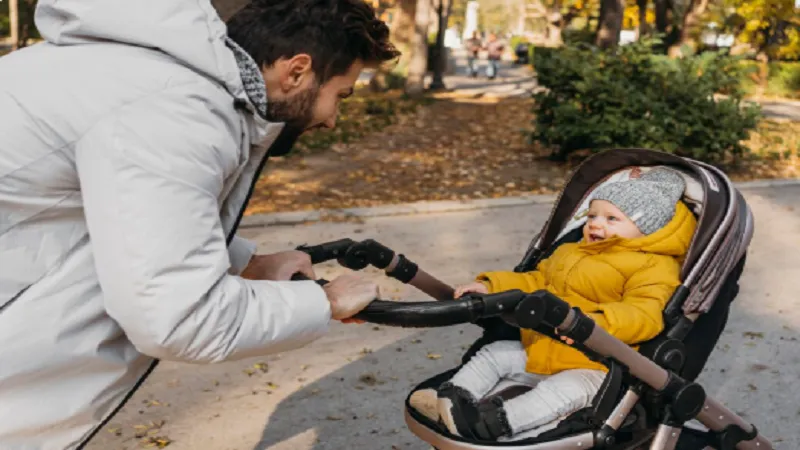Pediatric walker solutions and children walkers are special mobility aids which are designed to help children with mobility challenges to achieve independence. A medical pediatric walker is unlike a baby walker, but it has a medical or developmental purpose and helps a child build his balance, strength, and walk patterns. Parents, caregivers and therapists tend to use these devices to help an individual enjoy a better quality of life and boost their confidence.
Benefits of Walkers for Children and Pediatric Walker
Walkers for children and pediatric walker devices offer plenty of benefits. These devices promote physical activity, encourage correct postural alignment, and build muscle strength. Walkers allow children to better navigate their environment, enhancing physical and emotional growth. Pediatric Walkers are designed to also be of assistance during therapy sessions to enable children attain certain milestones.
Improved Independence
Children and pediatric walkers help children to enjoy freedom of movement. Increased independence will contribute to positive self-esteem and reduce reliance on the caregivers.
Better Posture and Mobility
Use of a pediatric walker encourages proper posture and corrects gait irregularities. Children with low stability will find this support useful.
Social and Emotional Growth
Children who use walkers tend to have greater interactions with their peers. Walkers for children and pediatric walker solutions promote play and social engagement, which helps children develop emotionally.
Types of Walkers for Children and Pediatric Walker
There are different styles of walkers for children and pediatric walker designs, each tailored to suit different requirements.
Posterior Pediatric Walkers
A posterior pediatric walker is positioned behind the child which promotes an instinctive walking action. These devices are typically for kids with cerebral palsy or similar disorders that affect their ability to balance.
Anterior Pediatric Walkers
These are located in front of the child. These posterior walkers for children provide balance and support to the kids that require assistance to a greater degree in walking.
Gait Trainers
Some models of walkers for children and pediatric walker devices have built-in gait trainers which are used for advanced rehabilitation to provide extra support and can have attachment options such as harnesses and arms.
How to Choose the Right Walkers for Children and Pediatric Walker
Walkers for children and pediatric walker devices are chosen based on the child’s medical condition, and mobility and growth requirements.
Consultation with Professionals
As with any product geared towards children, a pediatric therapist or a physician should be consulted to offer advice before a pediatric walker is purchased. They help you identify the correct style and size.
Adjustability and Comfort
Adjustable, comfortable, and with leg supports, the best models of walkers for children and a pediatric walker ensure padded grips and arms, foam covering the arms, of minimal weight remain. Concerned adults should seek anti-tipping walkers, stable breaks, and strong wheels. Any and all equipment, walkers for children and pediatric walkers, considered should place a premium on safety.
Tips for Using Walkers for Children and Pediatric Walker
Practice is essential, especially repetition, to realize the benefits of solutions.
Start Slowly
The first few sessions should be with a pediatric walker, starting with minimal sessions to build strength and confidence.
Encourage Playtime Mobility
Walkers for children and devices of pediatric walkers can be used in games and in other activities. This incorporates mobility in a fun manner to stimulate natural movement.
Monitor Progress
Focusing on changes in posture, strength, and endurance gives you data to track improvement. Equipment should be changed with the increased usage of walkers for children and pediatric walkers.
Where to Buy Walkers for Children and Pediatric Walker
Parents can buy walkers for children and a pediatric walker from medical supply shops, pediatric therapy offices, and dedicated website sellers. Many walkers supplied come in adjustable models to grow as the child grows.
Conclusion
Children with walkers and the pediatric walker device have their lives transformed as they gain mobility and independence. The selection of the device is critical as is the manner of its use. Proper selection and monitoring allow children to move about and develop as they wish. With the right assistance, any child can measure their development with the new skills and the corresponding happiness.
